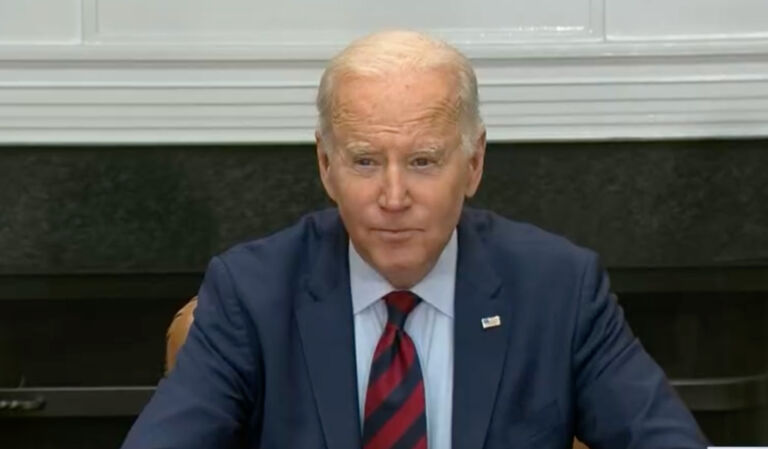In a recent post at EconLog, Pierre Lemieux discusses the social indifference curve, a mathematical device that economists use to calculate “society’s preferences” and determine what “we as a society want,” or what is “good for the country.” Lemieux argues that while “[m]any people think that such statements are meaningful and (potentially) scientific,” using social indifference curves to develop public policy is like saying, “Let’s assume that unicorns exist. Now, let’s theorize about the proper methods for hunting them.”
Here are some excerpts from his argument:
Start with ordinary indifference curves, a device used in (neoclassical) economics to (conceptually) depict an individual’s preferences. This is not a unicorn, but a very useful device permitting the formalized treatment of subjective preferences. An ordinary indifference curve shows all the baskets of goods the consumption of which brings that individual the same utility (“utility” meaning roughly satisfaction). For example, you may be equally happy with either of two bundles: two TV flat screens and one turkey; or one flat screen and two turkeys. More flat screens or more turkeys will get you on a higher indifference curve. For more explanations, the lay reader may want to read David Friedman’s Hidden Order: The Economics of Everyday Life (page 28 and ff).
Now, jump to social indifference curves, conceived as the indifference curves of a society. One social indifference curve is supposed to indicate the combinations of goods and services that give society the same social utility. For example, the consumption of 40 million flat screens and 240 million turkeys may give the same utility as 30 million flat screens and 400 million turkeys. If a society’s social individual curves are known, one can determine which combination of flat screens and turkeys (or, in general, all goods and services) would place society on its highest indifference curve, thus maximizing collective utility.
Trade economists sometimes are especially prone to using social indifference curves in order to conceptualize how many goods an economy should import and export with a view to maximizing utility. Jagdish Bhagwati, a leading trade theorist and market-friendly economist, uses them. So does Paul Krugman in his famed international trade textbook (coauthored by Maurice Obstfeld and Mark J. Melitz), adding in a footnote that the existence of social indifference curves can be assumed if “all individuals have the same tastes” or if “the government redistributes income so as to maximize its view of overall social welfare.” These strange qualifications look unicorn-esque. …
In other words, a set of social indifference curves describing a society’s preferences and utility only exists (is only defined) if one or two assumptions are made (as Krugman et al. reported). Either all individuals have the same preferences, or the government can continuously and costlessly redistribute income so as to maximize what it considers social welfare.
As any amateur unicorn hunter will have noticed, neither assumption corresponds to anything recognizable in reality. Individuals are different and assuming the contrary assumes away most of the social phenomena we are trying to understand. And even if we accept (at a moral level) that government implement what it considers maximum social welfare (obeying which special interests?), government redistribution cannot be continuous and costless; government is not God. Hence, social indifference curves do not exist.
Lemieux goes on to discuss and reject various ways that economists sometimes justify the use of social indifference curves, and he makes a number of other interesting points. Read the whole thing!


